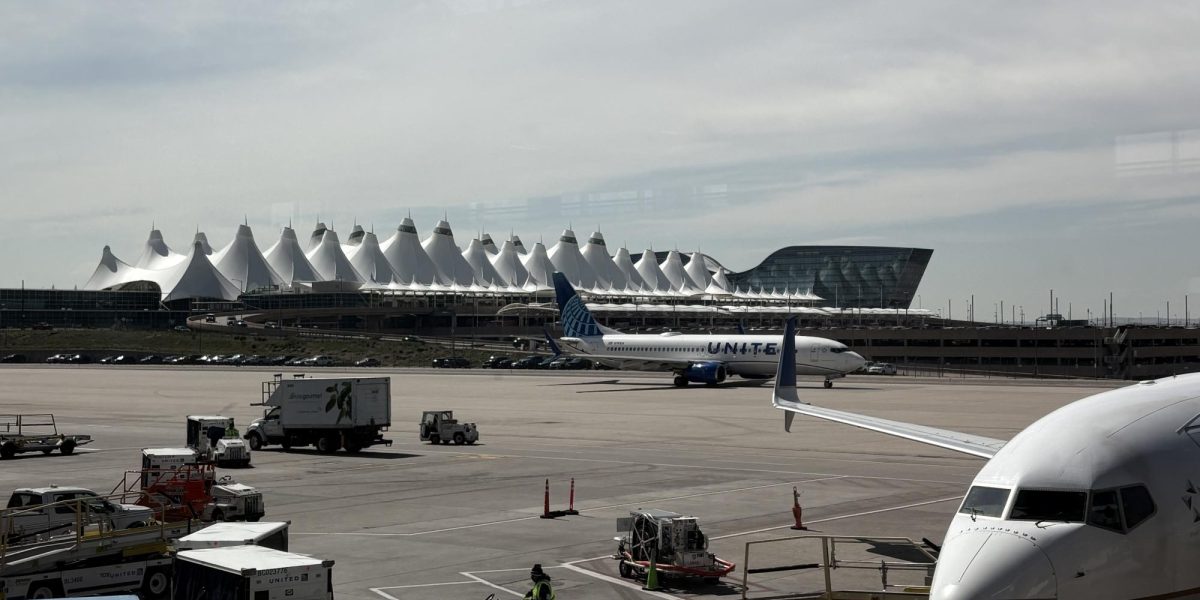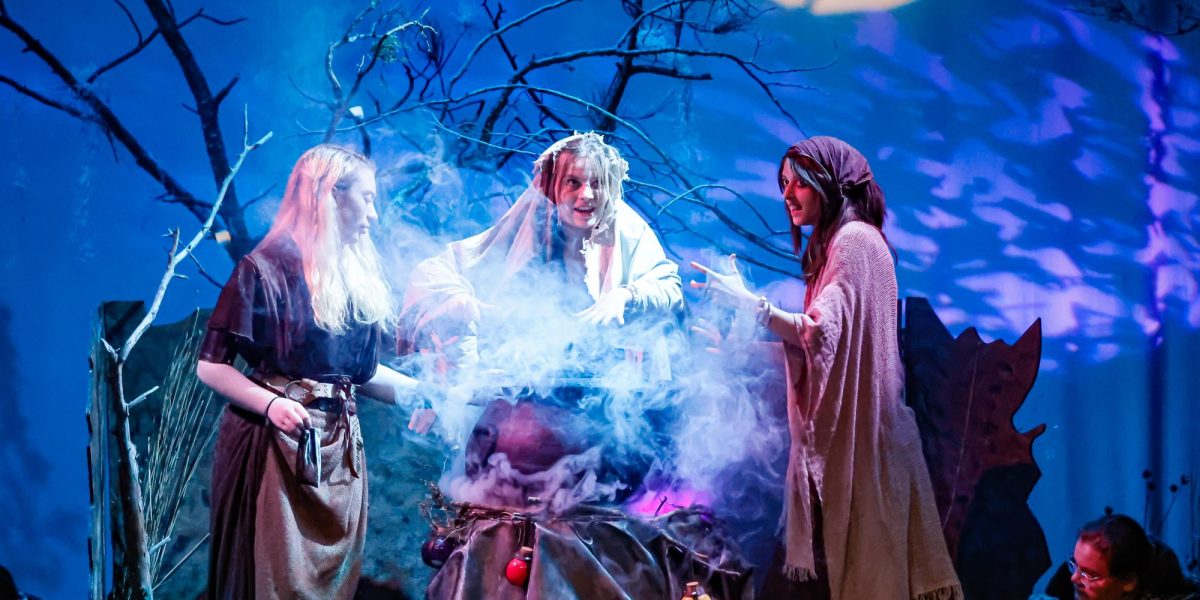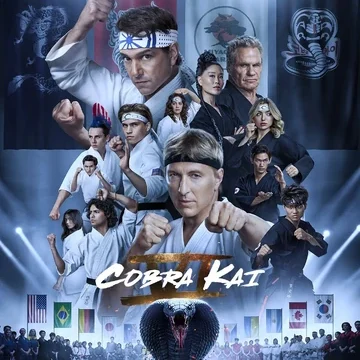McDonald’s has never been known for the health of their food, but recent events have pushed the health risks of the fast food giant past the realm of high cholesterol concerns and accusations that their nuggets are made of pink slime. Now, outbreaks of E. coli O157:H7 linked to yellow onions placed on the McDonald’s signature Quarter Pounder meal have poisoned people throughout the western United States.
Colorado has been hit especially hard by this outbreak: as of October 30, Colorado has the highest number of infections and the only death so far—an older man in Mesa County whose name hasn’t been released. Colorado is also the home of the youngest victim to be hospitalized from this disaster: 15-year-old high school freshman Kamberlyn Bowler.

Bowler goes to Grand Junction High School, where she plays softball and attends football games regularly. During two of these games between September 27 and October 16, the currently known range of when the infected onions were in restaurants, she grabbed a Quarter Pounder from her local McDonald’s at halftime; she also had a burger between softball games during the same date range.
One of those three burgers infected Bowler with E. coli. Escherichia coli, commonly known as E. coli, is generally harmless until it’s not: while most strains of E. coli help animals digest food and produce vitamins, some E. coli strains found in the meat, blood, and excrement of other animals are toxic to humans. According to the Center for Disease Control and Prevention, E. coli poisoning symptoms include (but are not limited to) severe stomach cramping, bloody diarrhea, vomiting, higher body temperature and fever, dehydration, the inability to keep down liquids, and dizziness.
Bowler’s infection resulted in a much nastier outcome: she developed hemolytic uremic syndrome (HUS), a condition that caused her blood to abnormally clot. This led to kidney failure, and this ended Bowler’s young life. She is currently recovering from 10 days of dialysis treatment at Children’s Hospital in Denver after she was airlifted across the state on October 17.
“I couldn’t get out of bed,” Bowler told Colorado Public Radio. “I couldn’t eat. I couldn’t drink. I was surviving on Popsicles. I felt like crap.”
Bowler’s mother Brittany Randall is preparing to sue McDonald’s and Taylor Farms, the vendor who provided McDonald’s the tainted onions, so she can pay for Bowler’s recovery. She’s not alone: 34-year-old Eric Stelley filed the first lawsuit against the company on October 24. A resident of Illinois who was traveling through Colorado for work, Stelley ordered a Quarter Pounder meal from a McDonald’s location in Greeley on October 4. Two days later, Stelley began experiencing multiple symptoms of E. coli poisoning. He was later diagnosed when he went to an emergency room on October 8.
As of the time of writing, 90 people across thirteen states have been diagnosed with E. coli from their not-so-happy meal, with Colorado leading with 29 confirmed cases so far. Far more people are likely to have been poisoned: the CDC estimates that, for every diagnosed case of E. coli, approximately 29 others are infected but never report it. Worse, E. coli infections take three or four weeks to develop, so more cases will likely develop over the next two weeks.

“The most cases by far are coming from Colorado,” remarked Stelley’s attorney Ron Simon. “What it likely means is that a bigger portion of the ingredient was sold in Colorado.” Cases have from McDonald’s locations in Arapahoe, Chaffee, El Paso, Gunnison, Larimer, Mesa, Routt, Teller, and Weld counties.
Stelley has filed a lawsuit against the corporation “for past and future economic damages” to the tune of $50,000, which may see other claimants join over the next few weeks. “When you go to a restaurant, you’re placing an enormous amount of trust that they have done everything they can to make the food you eat safe,” Simon said. “Through this lawsuit and others, we will make sure that all of the victims are fully compensated for their losses, that their voices are heard, and that McDonald’s and its suppliers permanently fix the health violations that caused the food to become contaminated with E. coli.”
McDonald’s, specifically their location at the corner of Highway 52 and I-25, is a popular lunch destination and employer for Frederick High students, and any one of them may be put in the same position as Kamberlyn Bowler. McDonald’s has recalled all contaminated food, so Tri-town customers don’t have to fear their next Quarter Pounder.
However, if you have eaten at McDonald’s between September 27 and October 16 and have suffered from any of the side effects of E. coli, go to a doctor immediately and get tested for the bacteria. As with every outbreak of disease, you aren’t just ensuring your own health by getting treatment but are also preventing a larger spread by alerting the community to a danger to their health.
The original version of this article was published on October 25, 20204, at 12:00 PM MDT. The article has been updated to reflect the increase in case numbers, new infection information by the CDC, and the story of Kamberlyn Bowler. This article may see further updates as the situation develops.
















































![Former President Donald Trump [right] poses with radio host Rush Limbaugh at the Trump International Golf Club of West Palm Beach in 2019. On Sunday, the Secret Service stopped an assassin from attacking former president Donald Trump on this same golf course. This marks the second attempt on Trump's life in the past year. (Trump White House Archive/Flickr)](https://fredericklantern.com/wp-content/uploads/2024/09/47625294312_3899da0fa0_c-e1726520997194.jpg)

